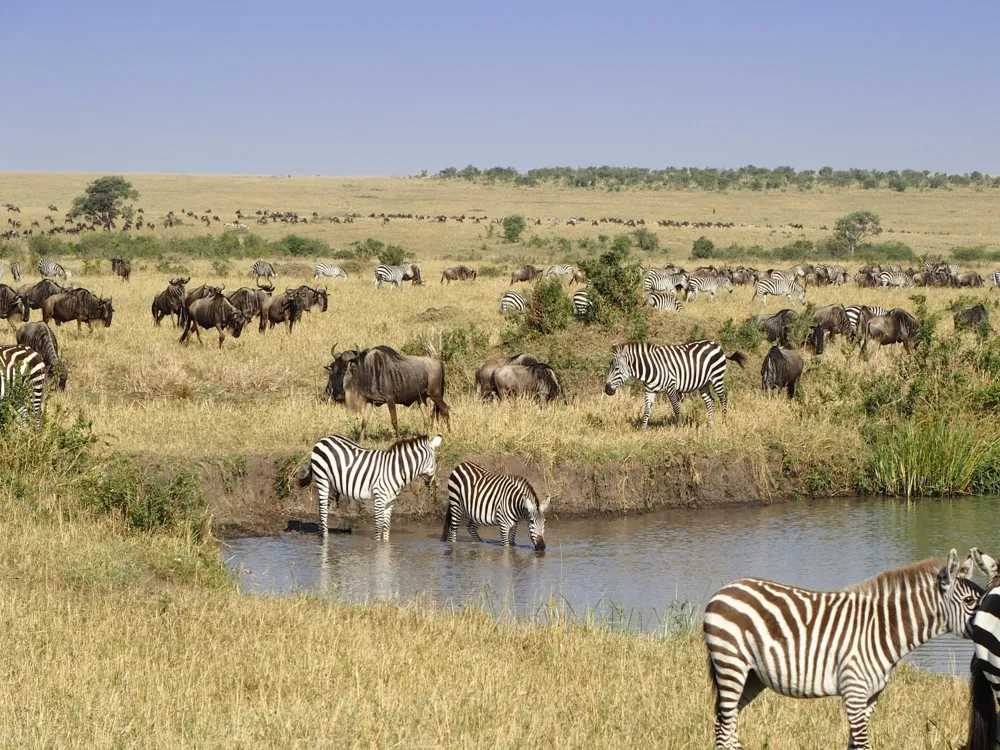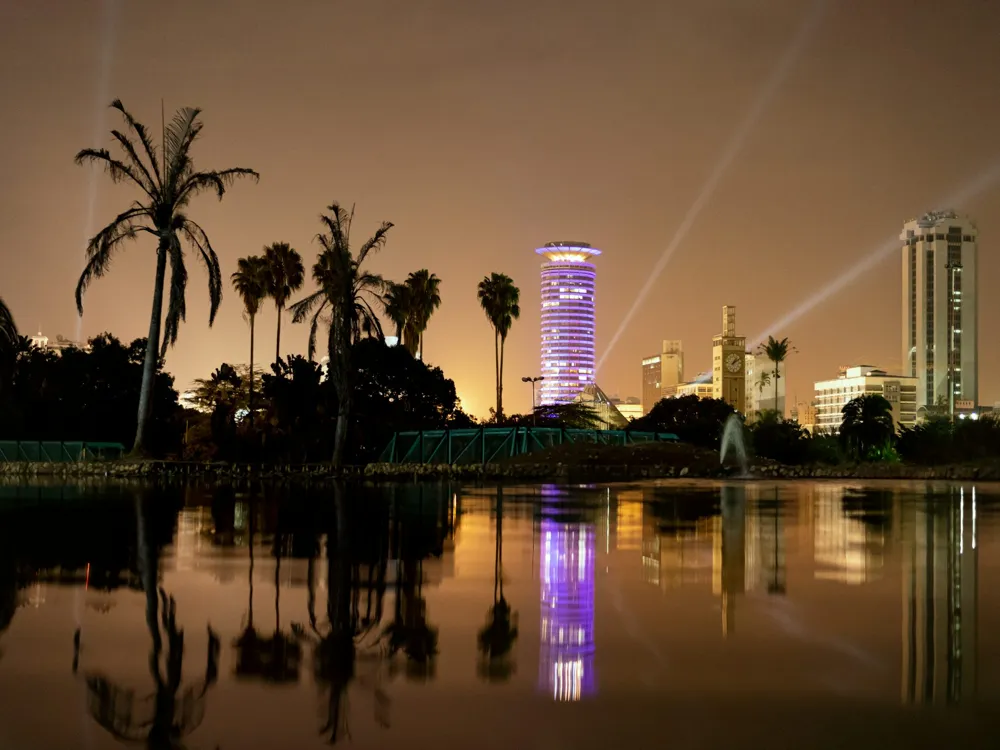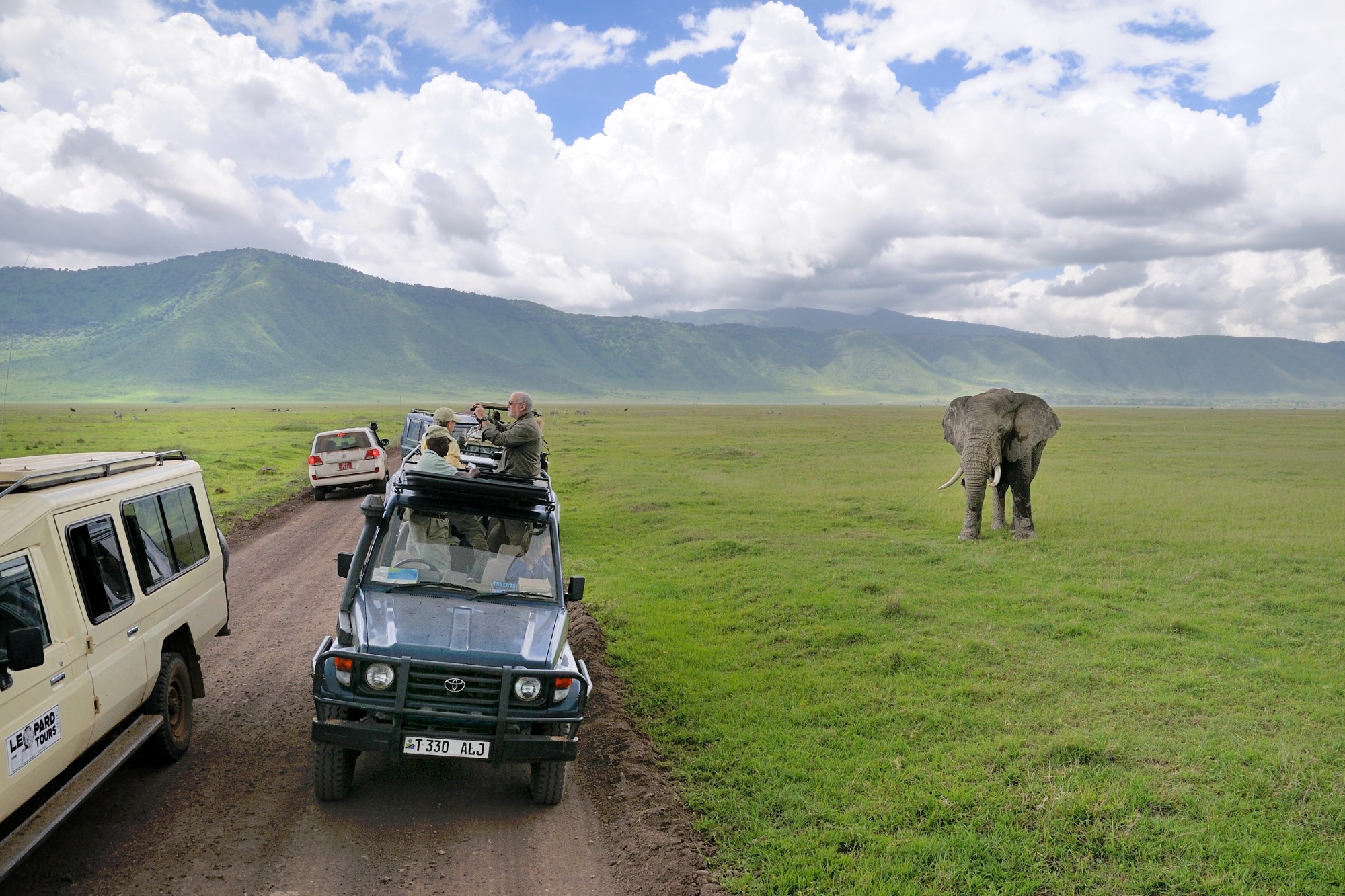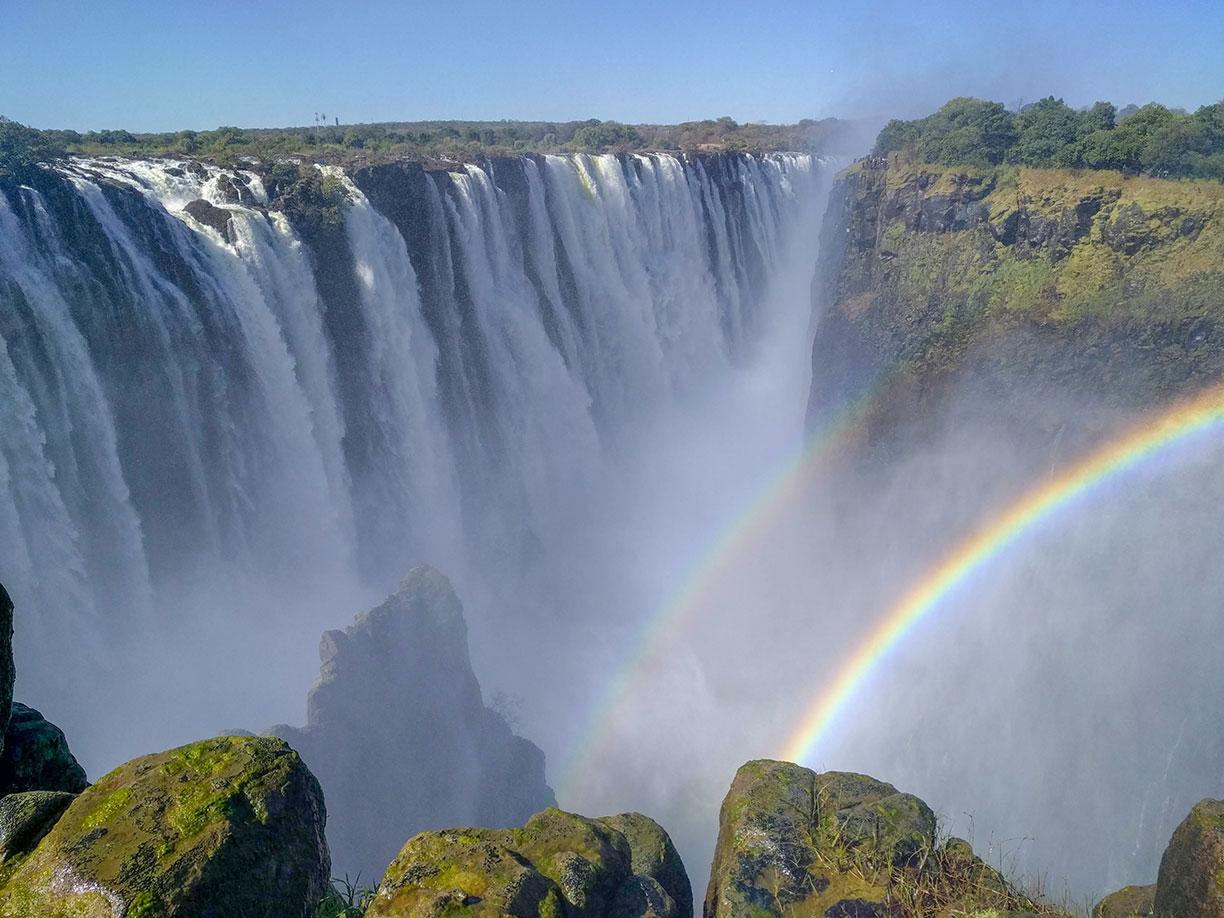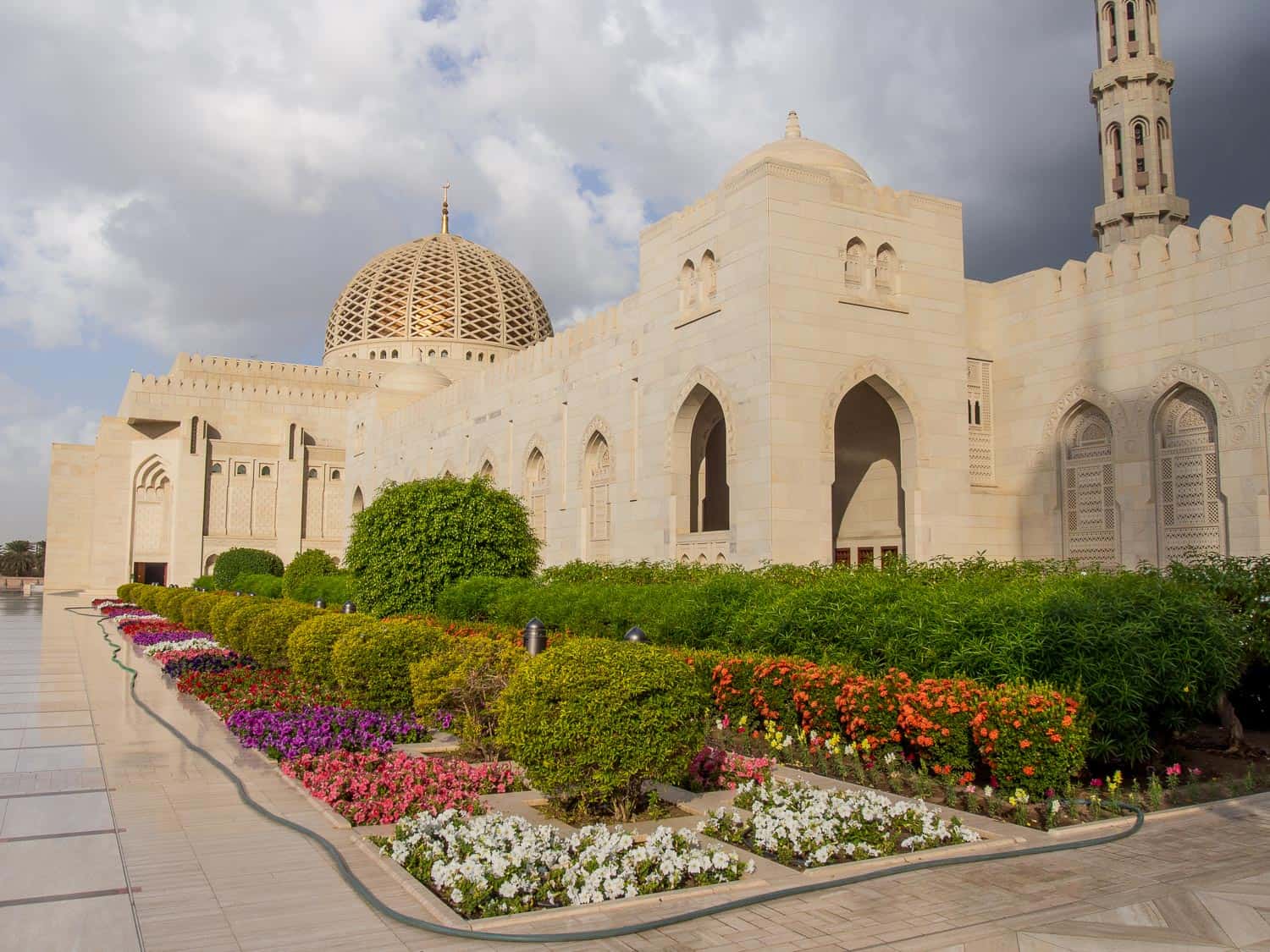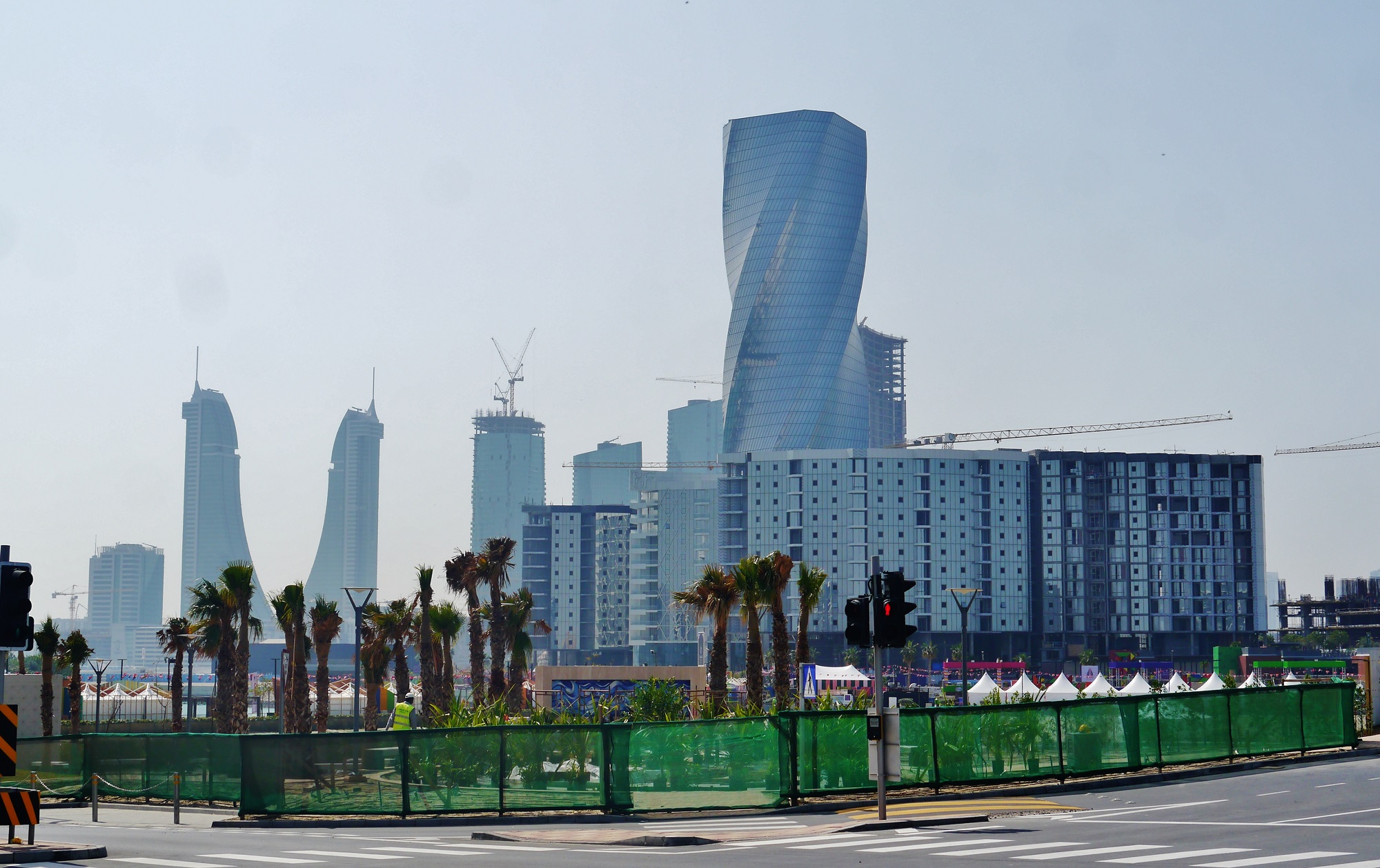What is the Best Time to Visit Kenya?
Welcome to the breathtaking landscapes and vibrant cultures of Kenya! Planning a trip to this East African gem involves considering the best time to visit. Understanding Kenya's diverse climate can greatly enhance your travel experience. Let's explore the ideal times to explore this captivating destination.
The months of July through September, when Kenya experiences its dry season and the Great Migration of zebras and wildebeests, are among the greatest for travel.
Traveling during the rainy seasons is particularly recommended since there are fewer tourists and you can take in the breathtaking emerald foliage. Particularly in December, traveling to Kenya is highly recommended because of the brief rains and the opportunity to witness migratory bird species and newborn animals. There is only a lot of rain during the 'long rains' peak in March, April, and May.
More about the Best Time to Travel to KENYA
Kenya boasts a varied climate, offering different experiences throughout the year. Whether you're an adventure seeker, a wildlife enthusiast, or a cultural explorer, there's a perfect time for everyone to visit this incredible country.From June to October, when there is almost no rain and moderate daytime temperatures, is the ideal season to visit Kenya. But with a varied topography and a temperate climate, Kenya is regarded as an excellent beach and safari destination all year round.
The optimum time to visit most Kenyan safari areas is from January until the end of March, when the weather is often dry and pleasant and offers excellent opportunities for game watching. It is definitely worthwhile to plan a visit during the rainy season, which runs from mid-March to June and again from November to December. You may take advantage of cheaper prices for safari lodges in Kenya during off-season and escape the throng during peak season.
Travel Peak Season in KENYA
The peak season in Kenya typically falls between July and October. During this time, the weather is dry and wildlife congregates around water sources, making it an excellent period for safari adventures. However, it's essential to book accommodations and tours well in advance due to high demand.
-
Great Migration (July to October):
- Reasons: The Great Migration is one of the most significant wildlife spectacles in the world, involving the movement of wildebeest, zebras, and other animals between the Serengeti in Tanzania and the Maasai Mara in Kenya. The migration typically occurs from July to October, attracting a large number of visitors who want to witness this natural phenomenon. Wildlife enthusiasts and photographers find this period particularly appealing.
-
Dry Season (late June to October and December to March):
- Reasons: The dry seasons are popular times to visit Kenya, and they generally occur from late June to October and December to March. During these periods, the weather is dry and pleasant, making it ideal for safari experiences. The wildlife is more concentrated around water sources, providing excellent opportunities for game viewing in national parks and reserves.
-
Christmas and New Year (late December to early January):
- Reasons: The Christmas and New Year holiday season is another peak travel period in Kenya. Many tourists, both domestic and international, choose to spend their holidays exploring Kenya's wildlife reserves, national parks, and cultural attractions.
Travel Offseason in KENYA
For budget-conscious travellers, the offseason from March to May offers lower prices and fewer crowds. While the weather may be wetter, this is an excellent time for bird watching and experiencing the lush landscapes. Some lodges and camps may also offer discounts during this period.
-
Long Rains (April to June):
- Reasons: The long rainy season, typically from April to June, is considered the offseason for safari tourism in Kenya. During this period, the weather can be wet, with occasional heavy rainfall. The landscape is lush and green, but some areas may be inaccessible due to muddy roads. Wildlife is more dispersed, as animals have access to water sources throughout the parks.
-
Short Rains (November to December):
- Reasons: The short rainy season, from November to December, is another off-season period. While the rainfall is not as intense as during the long rains, there may be sporadic showers. Similar to the long rains, the vegetation is green, but wildlife may be more challenging to spot as they are not concentrated around specific water sources.
-
Midweek Travel:
- Reasons: Travelling on weekdays, especially outside of major holidays, can often provide a quieter experience. Many tourists visit Kenya on weekends and during public holidays, so weekdays may offer a more relaxed atmosphere at popular tourist spots.
Kenyan Weather in Winter (November – February)
Kenya's winter, from November to February, is characterised by dry and pleasant weather. This is an ideal time for wildlife enthusiasts, as animals are easily spotted in the national parks. Nairobi and coastal areas experience temperatures ranging from 10°C to 28°C, providing a comfortable environment for exploration.
Kenyan Weather in November
November marks the beginning of the dry season, with temperatures ranging from 12°C to 28°C. It's a fantastic time for safaris, as the vegetation is still lush and the wildlife is abundant.
Kenyan Weather in December
December brings warmer temperatures, ranging from 13°C to 29°C. This is a popular month for tourists, as the dry conditions make it easier to spot animals, and festive events add a cultural flair.
Kenyan Weather in January
January offers similar weather conditions to December, with temperatures ranging from 13°C to 29°C. It's an excellent time for beach vacations along the Kenyan coast, where you can enjoy the sun and sea.
Kenyan Weather in February
February continues the dry season, with temperatures ranging from 13°C to 30°C. It's an ideal time for exploring national parks, witnessing the Great Migration, and enjoying outdoor activities.
Kenyan Weather in Summers (March to June)
March to June bring long rains to Kenya. While this is the offseason, it's a fantastic time for bird watching and experiencing the country's lush, green landscapes. Temperatures range from 11°C to 26°C, providing a mild and comfortable climate.
Kenyan Weather in March
March marks the beginning of the rainy season, with temperatures ranging from 11°C to 26°C. It's a great time for bird watching and enjoying the vibrant landscapes.
Kenyan Weather in April
April continues the rainy season, with temperatures ranging from 12°C to 25°C. While some parks may be challenging to access, it's a unique time to experience Kenya's natural beauty.
KENYA Weather in May
May brings more rainfall, with temperatures ranging from 12°C to 25°C. It's an excellent time for nature enthusiasts who appreciate the lush greenery and the opportunity to witness migratory birds.
Kenyan Weather in June
June marks the end of the long rains, with temperatures ranging from 10°C to 24°C. The landscapes are vibrant, and it's a good time for budget travellers seeking lower prices and fewer tourists.
Kenyan Weather in Monsoon (July – October)
July to October is the dry season, offering the best conditions for wildlife viewing. Temperatures range from 9°C to 25°C, providing comfortable weather for various activities.
Kenyan Weather in July
July marks the beginning of the dry season, with temperatures ranging from 9°C to 24°C. This is an excellent time for safaris and witnessing the Great Migration in the Maasai Mara.
Kenyan Weather in August
August continues the dry season, with temperatures ranging from 9°C to 25°C. It's a popular time for wildlife enthusiasts, as animals gather around water sources, providing incredible opportunities for photography.
Kenyan Weather in September
September offers similar dry conditions, with temperatures ranging from 9°C to 25°C. It's a prime time for safaris and experiencing the diverse ecosystems of Kenya's national parks.
Kenyan Weather in October
October marks the end of the dry season, with temperatures ranging from 10°C to 26°C. This is the last chance to witness the Great Migration and enjoy the stunning landscapes before the onset of the short rains.
conclusion
The best time to visit Kenya depends on your interests and preferences. Whether you choose the peak season for thrilling safaris or the off-season for budget-friendly adventures, Kenya welcomes you with open arms throughout the year. Plan your trip wisely, and let the magic of Kenya unfold before you.
What is the best time to visit Kenya?
The best time to visit Kenya depends on your preferences and interests. The peak season, from July to October, is ideal for wildlife safaris. For budget-conscious travelers, the offseason from March to May offers lower prices.
Why is the peak season from July to October?
The peak season coincides with Kenya's dry season, making it easier to spot wildlife as they gather around water sources. The weather is generally pleasant during this period, enhancing the safari experience.
What is the weather like in Kenya during the dry season (July – October)?
The dry season in Kenya, from July to October, is characterized by mild temperatures ranging from 9°C to 25°C. This period provides comfortable weather for various outdoor activities, especially wildlife viewing.
Are there any advantages to visiting during the offseason?
Yes, visiting Kenya during the offseason, from March to May, has its advantages. Prices for accommodations and tours are generally lower, and the landscape is lush and green, creating a unique and beautiful atmosphere.
What is the weather like in Kenya during the offseason (March – May)?
The offseason in Kenya experiences the long rains, with temperatures ranging from 11°C to 26°C. While rainfall is more frequent, it's an excellent time for bird watching and enjoying the vibrant landscapes.




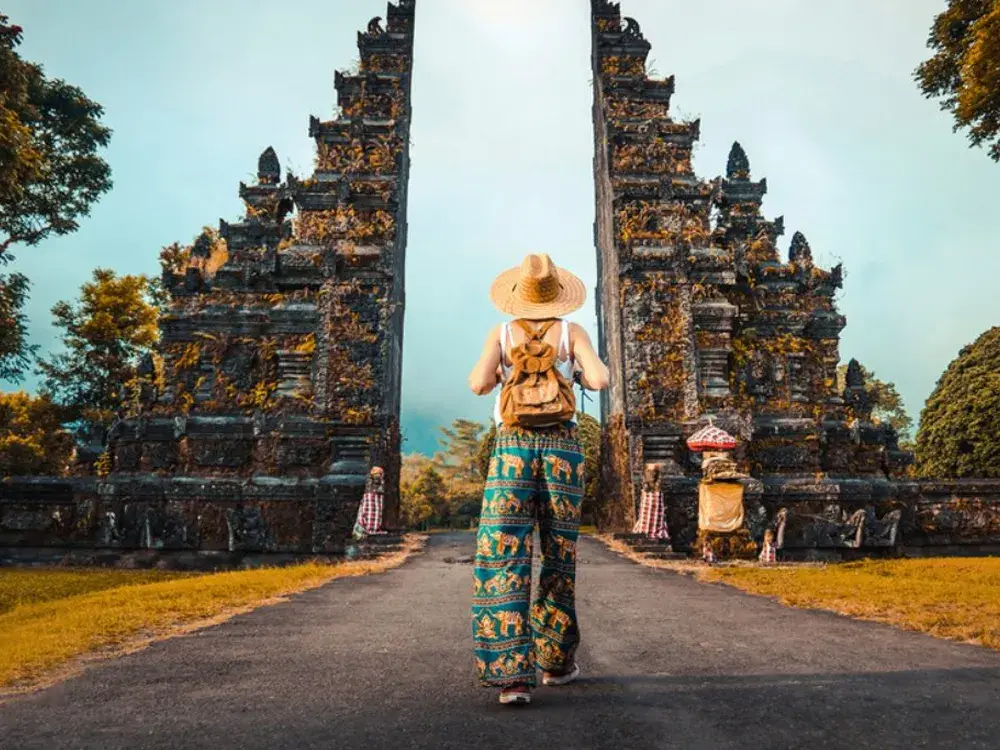

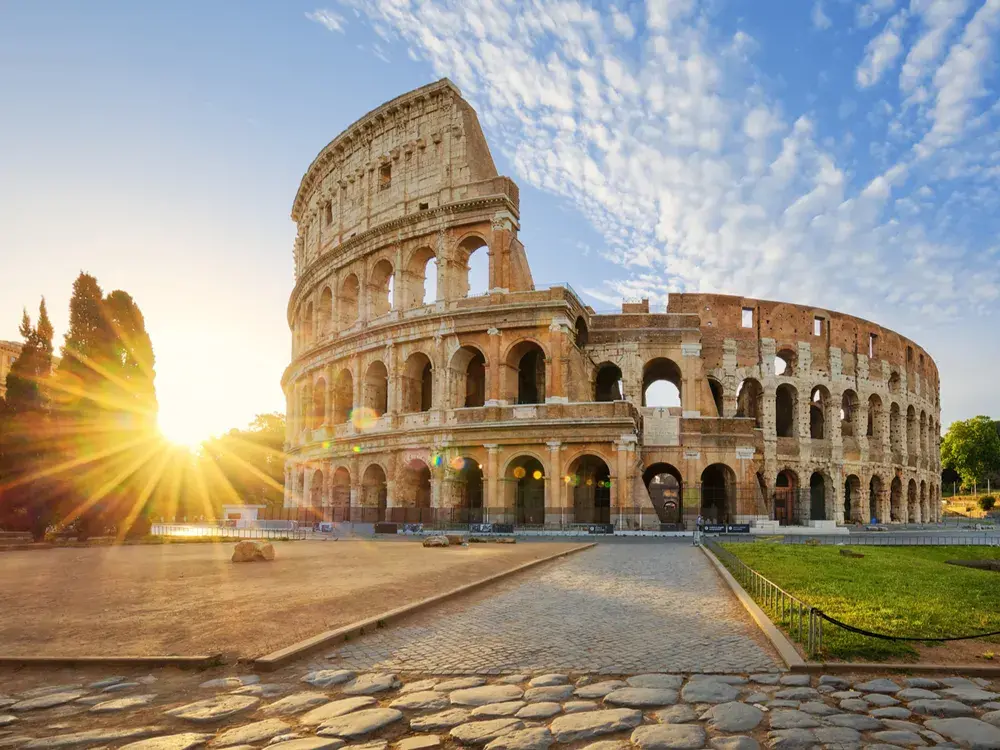
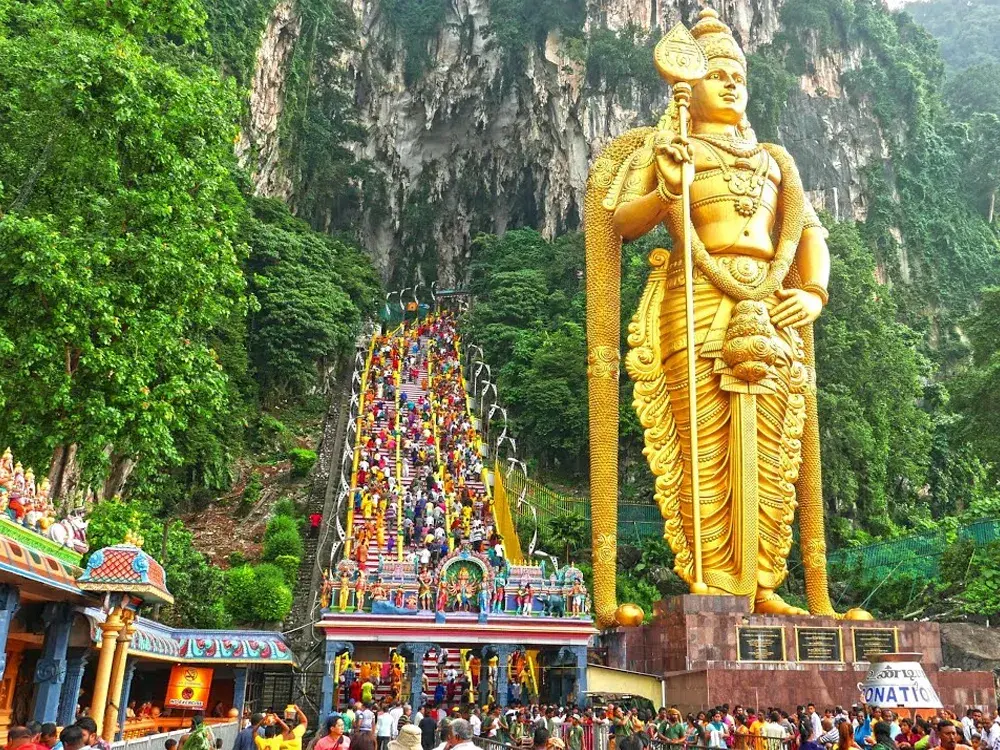
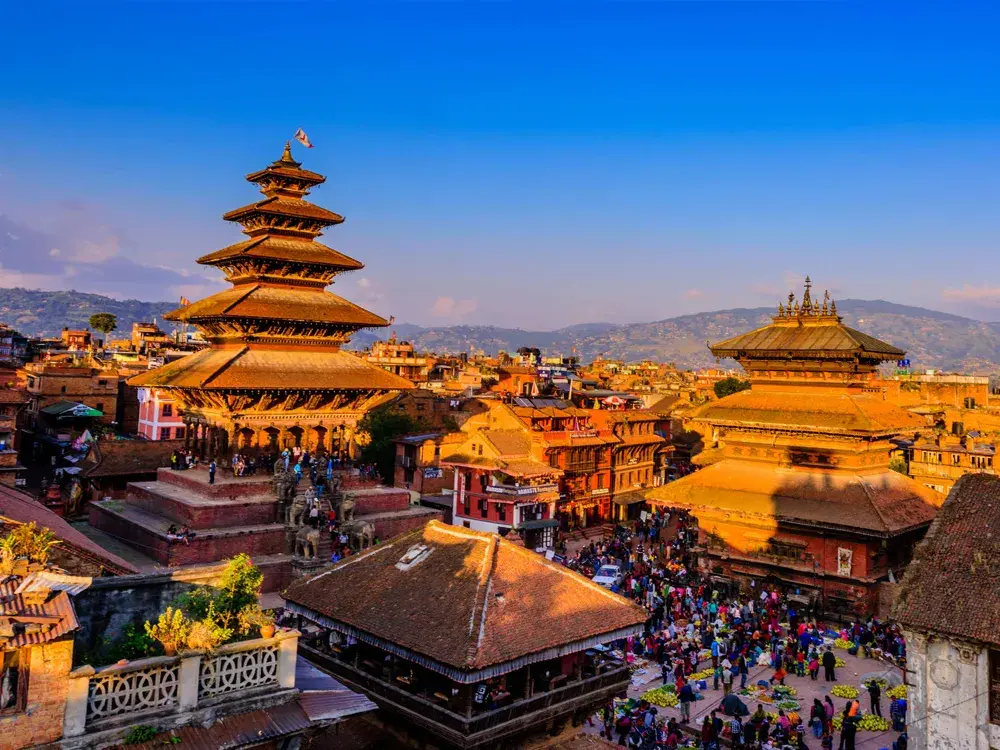
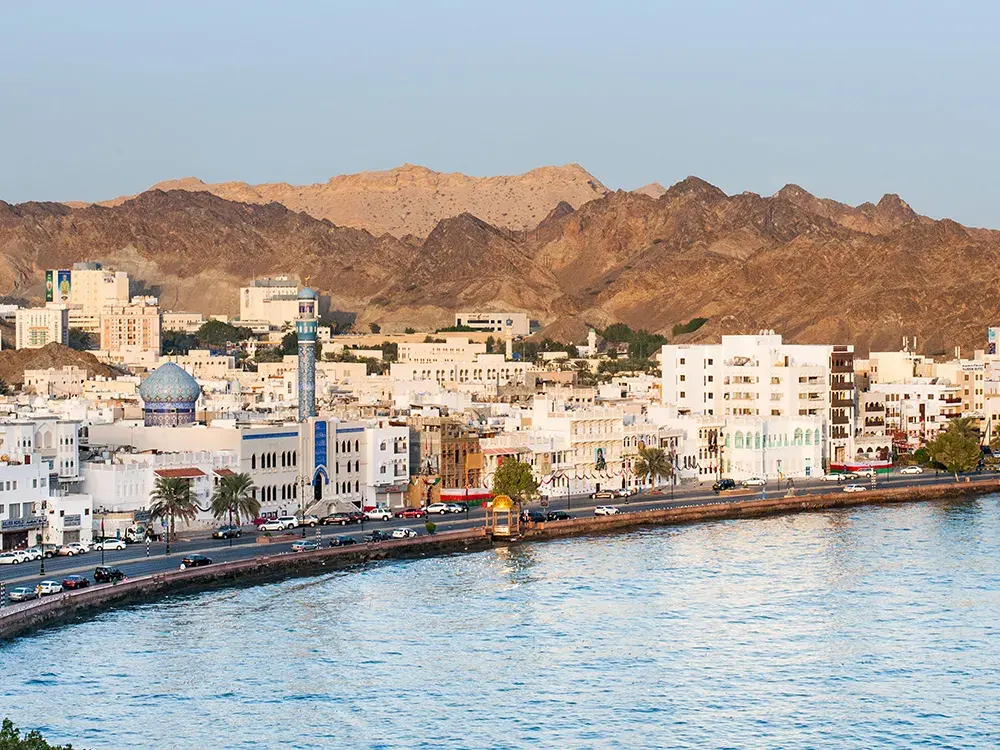
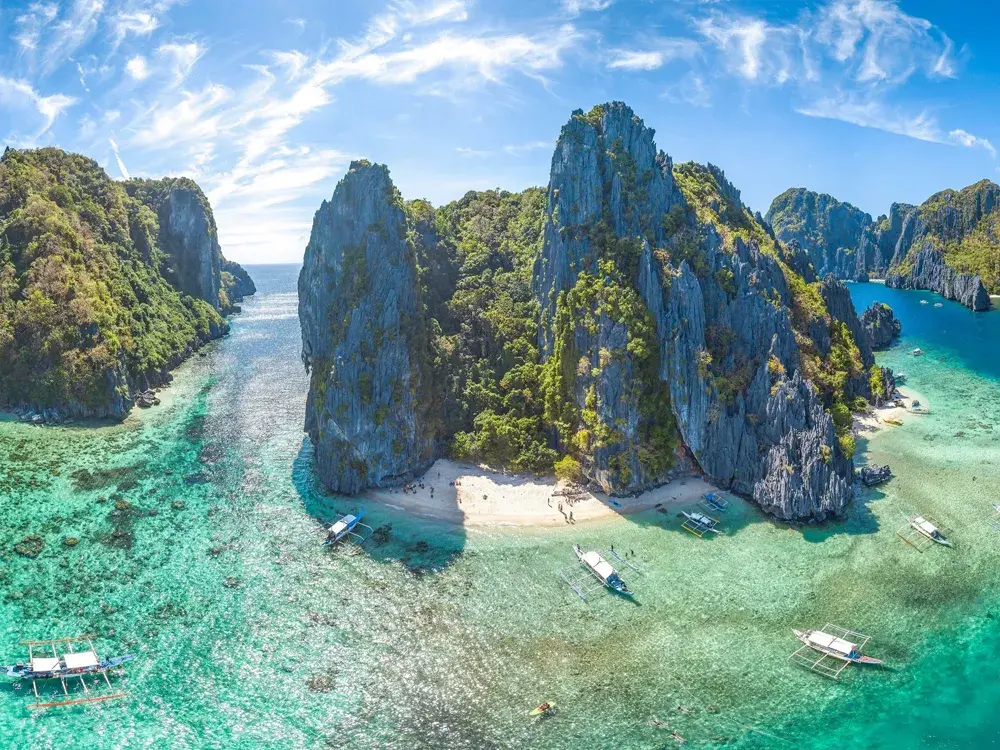

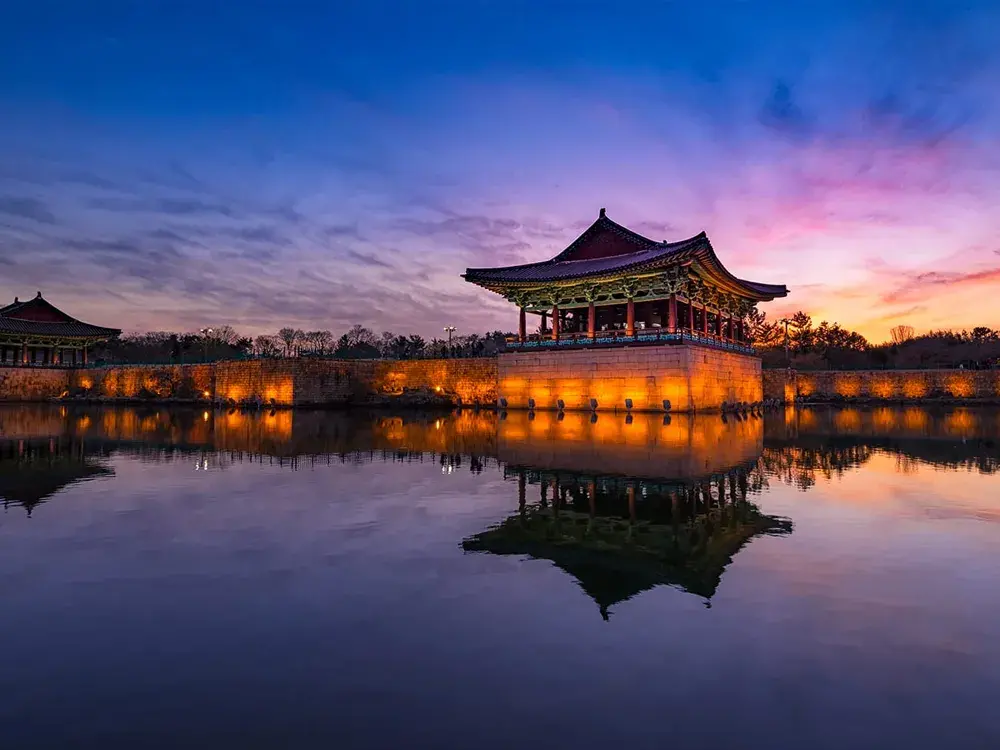


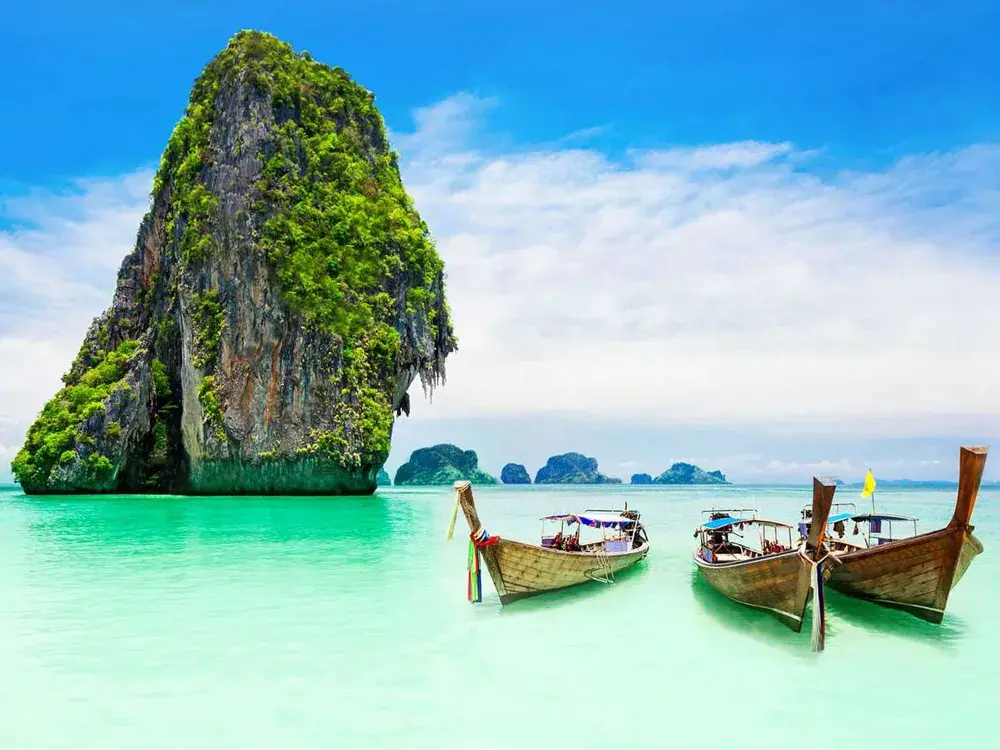
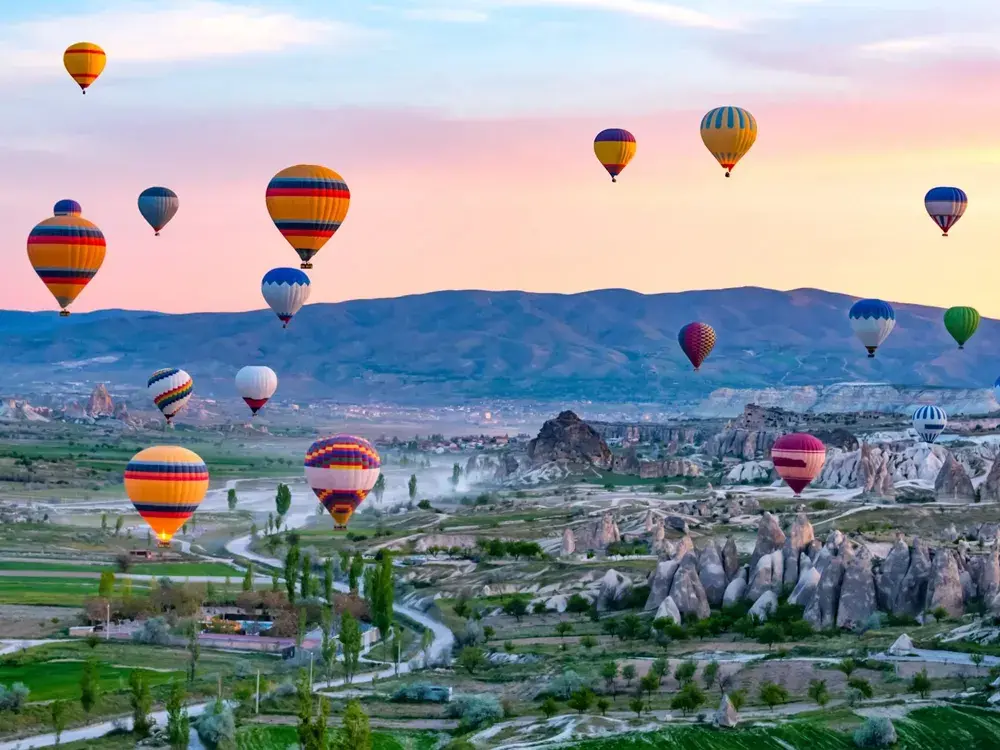
.webp)




